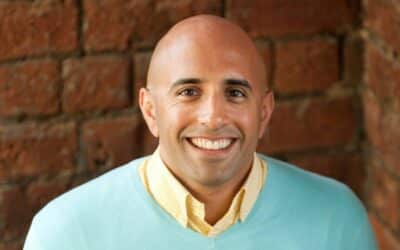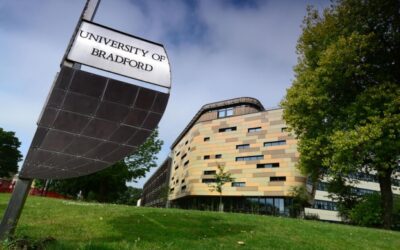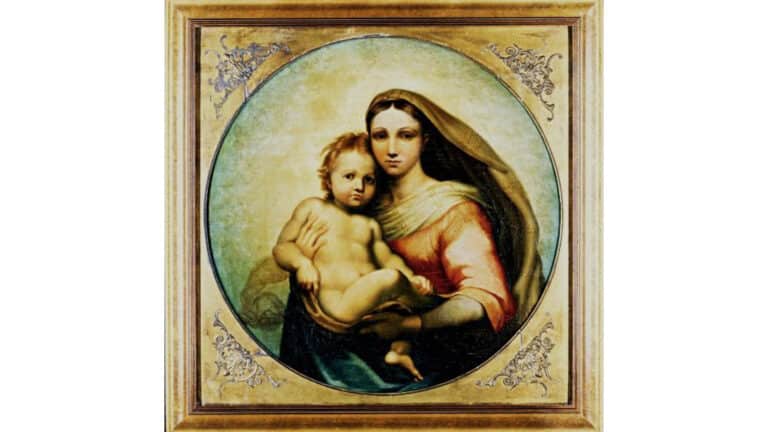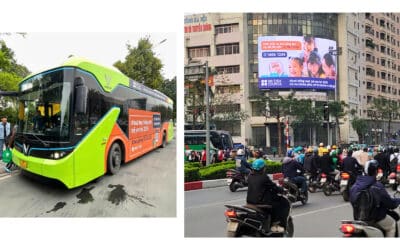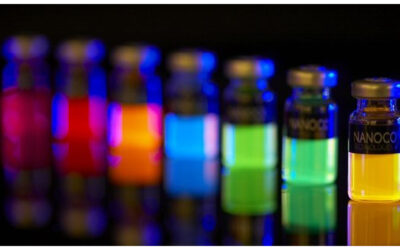Facial recognition technology developed by a Bradford University academic has been used to identify the artist of a mystery Renaissance painting.
The de Brécy Tondo has been subjected to a number of examinations and historical research for more than 4 decades, however, until now, nobody has conclusively linked it to Raphael.
Professor Hassan Ugail, Director of the Centre of Visual Computing at the University of Bradford, has used artificial intelligence-assisted computer-based facial recognition to compare the picture to The Sistine Madonna, by Raphael.
He found that the faces of the Madonnas, we well as those of the child are an exact match and considered identical.
“Looking at the faces with the human eye shows an obvious similarity, but the computer can see far more deeply than we can, in thousands of dimensions, to pixel-level,” he explained.
“Based on the high evaluation of this analysis, together with previous research, my fellow co-authors and I have concluded identical models were used for both paintings and they are undoubtedly by the same artist.”
The results add further weight to work carried out by another University of Bradford academic, Howell Edwards, Emeritus Professor of Molecular Spectroscopy, who found that pigments contained in the Tondo were consistent with early, pre-1700 Renaissance work.
“Our earlier Raman spectroscopic analyses of the pigments which placed the Tondo painting firmly in the 16th – 17th Century and dispelled the idea that it was a Victorian copy have been further vindicated by the facial recognition analysis of the Madonna and Child subjects and their very close similarity to those of Raphael’s Sistine Madonna,” added Professor Edwards, an honorary scientific adviser to the de Brécy Trust.
The Tondo was bought in 1981 by Cheshire businessman, George Lester Winward. Two years before he died, he set up the Brécy Trust Collection, named after his French ancestors, in order to preserve his collection of paintings and drawings and make them available to art scholars for study.
Professor Ugail has used millions of faces to train an algorithm to recognise and compare facial features in thousands of dimensions.
A similarity above 75% is considered identical. The similarity between the Madonnas was found to be 97%, while comparison of the Child in both paintings produced an 86% similarity.
“Facial recognition technology can be applied for a variety of purposes, including analysis of art and even to healthcare. Using it in this way, to determine the similarity of portraits in paintings, is yet another example of its wide-ranging potential of artificial intelligence-assisted computer vision,” he continued.
Professor Hassan Ugail’s paper, which he’s co-authored with Edwards; Professor Christopher Brooke, Fellow of the Society of Antiquaries of London; and Timothy Benoy has just been published.

